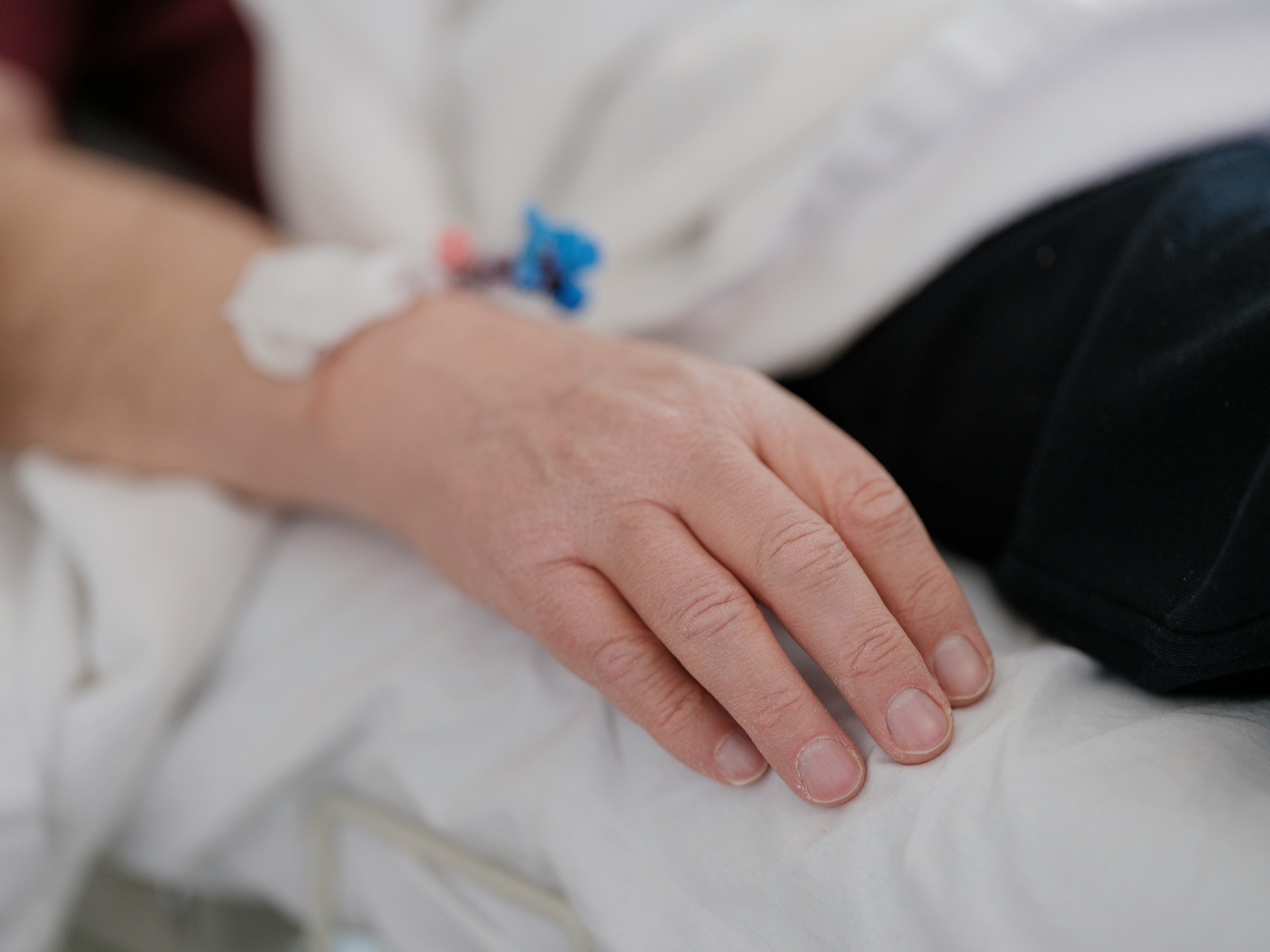
Chronic pain affects millions of people worldwide, often stripping them of the freedom to enjoy daily life. Traditional approaches frequently isolate symptoms and offer short-term fixes. However, integrated treatment methods provide a holistic solution that addresses pain and uncovers its root causes. Patients are offered a customized path toward long-term recovery and wellness by bringing together multiple disciplines, such as physical therapy, psychology, medication, and alternative therapies.
The pain cycle can be relentless, impacting not just the body but also mental and emotional well-being. When pain becomes chronic, it starts to influence mood, disrupt sleep, and reduce mobility, ultimately leading to a diminished quality of life. An integrated approach helps interrupt this downward spiral by focusing on healing the entire person. Through this multifaceted lens, pain is no longer a singular issue but a complex condition that demands a comprehensive treatment strategy.
Understanding the Chronic Pain Cycle
To effectively break the pain cycle, it’s essential to understand how it forms and perpetuates itself. Chronic pain often begins with an injury or illness but doesn’t resolve as expected. Instead, the nervous system sends pain signals without ongoing physical damage. Over time, the body becomes hypersensitive, and even normal stimuli can trigger discomfort or severe pain.
In many cases, emotional and psychological stress can exacerbate pain symptoms. Anxiety, depression, and fear of movement create a loop where mental distress fuels physical pain and vice versa. Recognizing this interaction is key to integrated treatment. By treating both physical and emotional triggers simultaneously, healthcare providers can disrupt the pain cycle at multiple points, offering patients a genuine path to recovery.
Combining Physical Therapy with Psychological Support
Physical therapy is crucial in restoring function and improving mobility, but it’s most effective when combined with psychological support. Pain often leads patients to avoid movement, which results in muscle weakness and stiffness, further aggravating their condition. Skilled physical therapists gradually reintroduce safe movements, building strength, and flexibility while decreasing fear-based immobility.
At the same time, counseling or cognitive behavioral therapy (CBT) can help patients reframe their relationship with pain. Emotional resilience becomes a powerful tool in pain management. When patients learn to manage their thoughts and reduce stress, they often report lower pain intensity and improved coping strategies. The synergy between mind and body care allows individuals to reclaim control over their lives.
The Role of Medication in a Broader Plan
While medications can relieve pain, they should be part of a broader treatment strategy rather than the primary focus. Painkillers, particularly opioids, come with the risk of dependency and side effects when used long-term. Integrated care encourages responsible medication use in tandem with therapies that aim to reduce reliance on drugs over time.
For example, non-opioid medications such as anti-inflammatories or nerve stabilizers can be prescribed alongside treatments like acupuncture or massage therapy. These additional therapies help address pain from multiple angles, supporting the body’s natural healing abilities. By minimizing medication dependency, patients gain confidence and reduce the risks associated with long-term pharmaceutical use.
Alternative Therapies as Effective Complements
Increasingly, alternative treatments like acupuncture, chiropractic care, and mindfulness meditation are being included in pain management programs. These approaches may once have been considered fringe but now have strong support from clinical research and patient experience. They help reduce inflammation, relax muscles, and calm the nervous system, offering another layer of healing to those in chronic pain.
Mindfulness and meditation, in particular, help patients positively reconnect with their bodies. By fostering awareness and acceptance, these practices can reduce the fear and anxiety that often intensify pain. When combined with medical and physical therapies, alternative methods are powerful complements, enriching the treatment experience and enhancing long-term results.
Lifestyle Changes That Support Long-Term Relief
Another vital component of integrated care is promoting lifestyle adjustments that support long-term wellness. These changes may include improved sleep habits, better nutrition, regular physical activity, and strategies for managing stress. When patients commit to these changes, they often notice lasting improvements in their physical condition and mental clarity.
However, implementing lifestyle changes can be difficult without the proper support. Integrated treatment plans typically include coaching or support groups encouraging patients to stay consistent with healthy habits. Through guided education and peer interaction, individuals gain the tools and motivation to continue healing beyond the clinical setting. These personal changes reinforce clinical progress and foster sustainable recovery.
Personalized Treatment Plans for Unique Needs
No two patients experience pain similarly, so integrated care prioritizes individualized treatment plans. Healthcare providers can design a plan that aligns with their unique circumstances by assessing each patient’s history, condition, and goals. This personalization ensures patients receive the most appropriate and effective care for their situation.
Moreover, integrated teams often include a range of professionals—doctors, therapists, nutritionists, and mental health experts—who collaborate closely to monitor progress and make adjustments as needed. This coordinated approach prevents patients from feeling lost or overwhelmed and keeps them engaged in their recovery. Treatment becomes more precise, efficient, and empowering with multiple experts working harmoniously.
A Brighter Path Forward
Integrated treatment methods offer hope where traditional approaches may fall short. Instead of chasing symptoms, they work to eliminate the sources of chronic pain while rebuilding strength, function, and resilience. Patients gain physical relief, emotional support, and a renewed sense of purpose. This multidimensional model of care transforms how we think about healing and puts the patient back at the center of their health journey.
As the healthcare field evolves, more providers are embracing this holistic philosophy. By investing in a treatment model that views the patient as a whole person—not just a condition—clinicians can unlock lasting relief and improved outcomes. For those trapped in the pain cycle, integrated care doesn’t just offer treatment; it provides a new beginning.